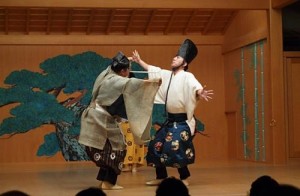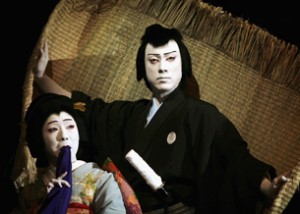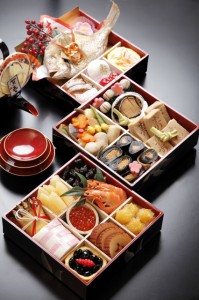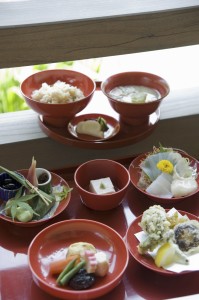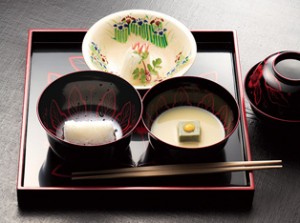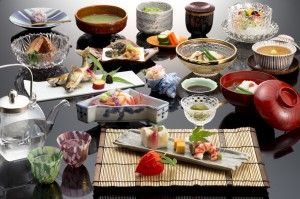文楽は日本の伝統的な人形芝居、人形浄瑠璃で、浄瑠璃(義太夫節)という独特の歌謡にあわせて演じられます。人形浄瑠璃が成立したのは1600年前後といわれ、主に大阪を中心に発展してきました。
通常、3人の人形遣いが舞台の上で1つの人形を操りますが、その動きの巧みさゆえ、人形遣いの存在は観客に意識されません。
Bunraku
Bunraku is the traditional Japanese puppet theater(ningyo joruri) which is performed with unique narrative chant called joruri(gidayu bushi).Ningyo Joruri is said to have been established around 1600 and flourished mainly in the Osaka area.
Usually, three puppet operators are on stage to manipulate one puppet, but , because of the skill of their movements, spectators are not conscious of the operators.


